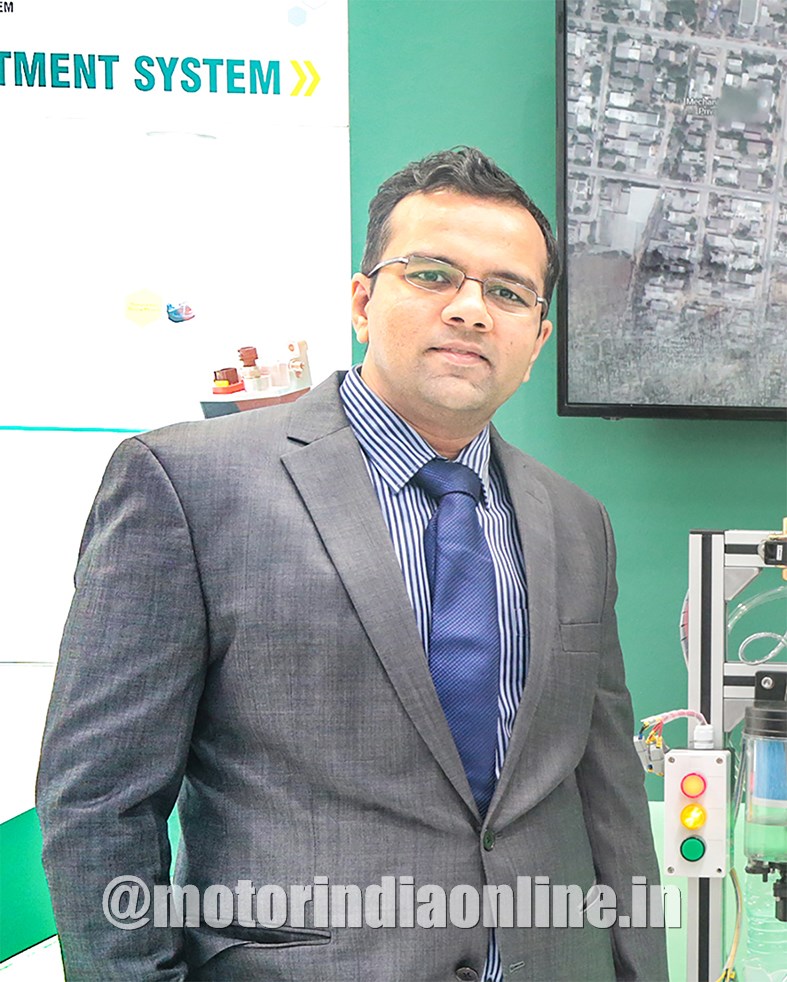Rotex Automation is a home-grown, globally-accepted manufacturer and exporter of fluid control systems Solenoid valves for After-treatment System, Thermal Management System, Tipping & Transmission, Engine and Fuel System, Air-Suspension & Air Braking System. The company is excited about its prospects in the BS-VI era. Mr. Nirav Shah, Director, Rotex Automation, tells us why.

Excerpts:
Market impact
In the short-term, we expect a drop in demand as OEMs tend to control inventory in preparation of the launch of their BS-VI vehicles but at the same time, fleet customers will tend to buy the relatively-cheaper BS-IV vehicles ahead of the March 31 deadline. This is expected to create a bit of chaos in the industry which everyone will have to deal with very cautiously. Over the long term, we believe it is a very significant move as it inducts new technology into our industry which is expected to bring down pollution levels. There have been significant investments made by all stakeholders and within a short span after the onset of BS-VI, the focus will shift to return on investment (RoI). Rotex has key technology products like after-treatment hydrocarbon Injector, diesel atomizer and DEF doser solenoid valves which we already supply to customers globally. The Indian market is a huge additional opportunity and Rotex is ready to deliver.
Cost implications
The very first impact will be on the fleets as OEMs will tend to get faster RoI. BS-VI vehicles are expected to be sophisticated machines and usage by untrained personal could also lead to additional cost for the fleets. We expect OEMs would conduct training campaigns for fleets and workshops to handle the BS-VI vehicles. Based on our observations, due to time constraint, OEMs tend to implement technology that exist in mature markets; soon after launch, we expect OEMs would look for cost reduction through localization of import content and quickly give a breather for the fleets.
Challenges
- India being a highly cost-sensitive market, the ‘cost’ will be the biggest challenge.
- Adaptation of the newer sophisticated after-treatment system, diagnostics and, in the Indian environment, driving conditions would be a considerably big challenge.
- The roadside garages cannot handle the service of sophisticated electronic engines fitted with electronically-controlled after-treatment system. The aftersales service network would need upliftment with a major need for training of workshop personnel.
Opportunities
The industry has an advantage in hand because the technology for BS-VI already exists in mature markets. It is majorly about the effective implementation of those technologies where big opportunities exist. It is about finding local solutions in a frugal manner where Indian engineers have expertise in which differentiates them from the rest of the world. There is also opportunity for local component and system manufacturers once the OEMs start the localization drive to add value and reduce costs. In future, the Indian auto component industry will be more capable of serving the world over.
Outlook
Till Q1, we have achieved our targets and are on a growth trajectory quarter-over-quarter. Currently, Rotex has lesser dependency on the local market as we continue to export a major chunk of our products; at the same time, we are not unaffected by local dynamics. We are working very closely with our domestic customers and would be geared up in time for BS-VI and subsequent transitions as well.